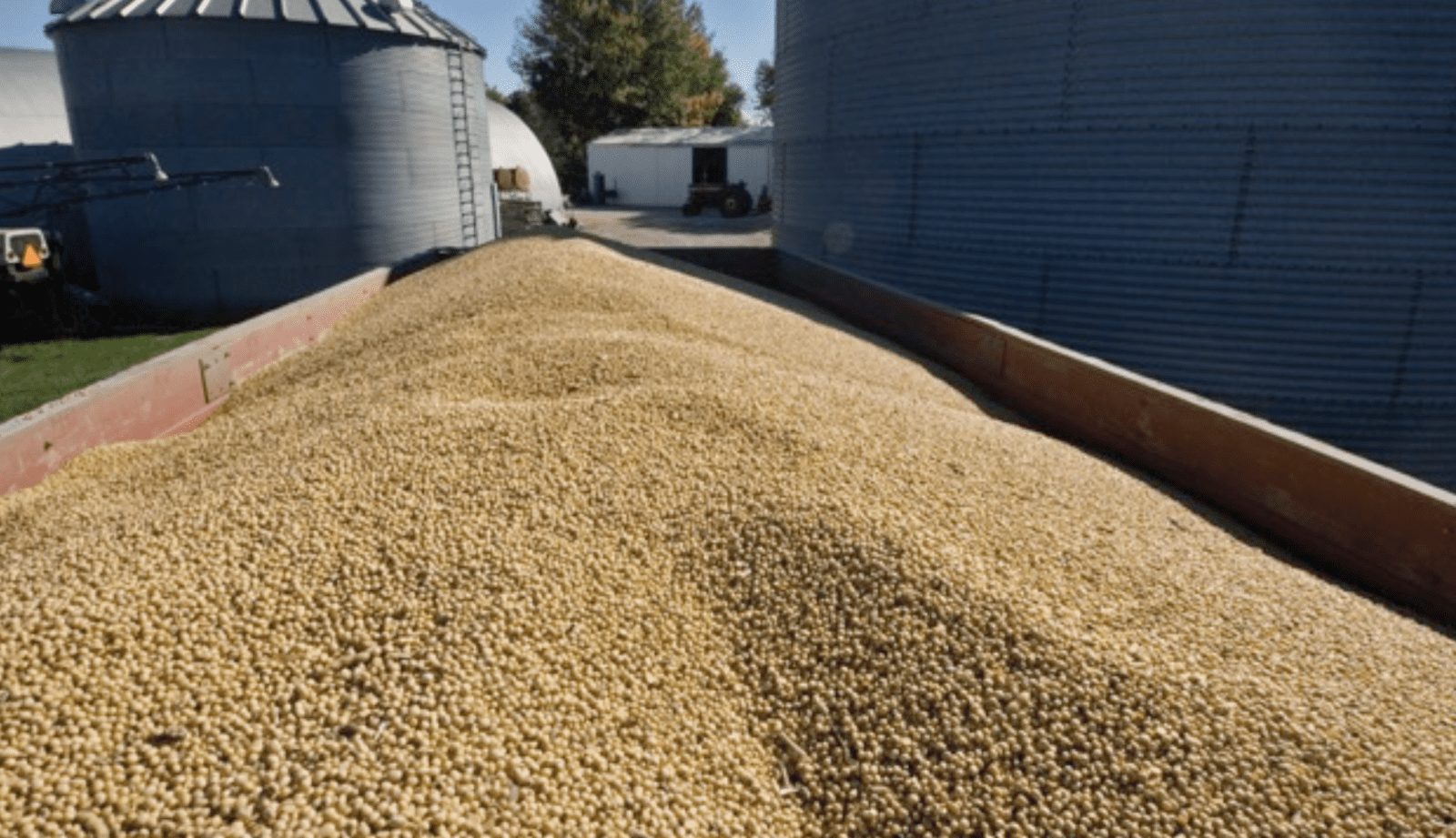The U.S. Soybean Export Council (USSEC) and the North Dakota Soybean Council (NDSC) hosted a group of eight Taiwanese customers, representing feed, food, and oil companies and crushers, in July. The team members traveled from Fargo to Minneapolis to Seattle, which allowed them to follow the path that their purchased beans travel from a farmer’s field all the way to the Pacific Northwest (PNW) port where the beans are shipped to Taiwan.
On the tour, delegates learned more about U.S. soy produced in the Northern Plains region, gained a strong understanding about soy logistics and infrastructure, experienced the soy export potential from the PNW and heard from soy suppliers about how their regional operations can support international soy demands.
In Fargo, buyers visited the Northern Crop Institute (NCI) where they learned about the U.S. soy advantage and sustainability, economics, transportation and logistics, and the superior essential amino acid (EAA) profile of Midwestern soy. The buyers toured the Alton Grain Terminal in Hillsboro and visited the farm of NDSC Secretary Mike Langseth in Barney where they got a firsthand look at sustainable production methods.


In Minneapolis, the group visited NW Grains, Scoular, Cargill, BNSF and the Minnesota Department of Agriculture.
In Seattle, the visitors checked out the last piece of the U.S. soy supply chain when they visited the TEMCO grain-export terminal in Tacoma and the Northwest Seaport Alliance, the marine-cargo operating partnership of the Port of Seattle and the Port of Tacoma. Last year, the majority of North Dakota’s soybeans were shipped west to the PNW by rail.
Through this tour, these key decision makers developed a stronger understanding about soy’s sustainable production and reliable supply. Additionally, there were significant communications regarding the potential for soy purchases from two of the visited companies.
